Camping is a beloved American pastime, offering the chance to reconnect with nature, unwind from the daily grind, and enjoy the great outdoors. However, not all campgrounds are created equal.
While some offer serene landscapes and peaceful environments, others come with inherent risks that require careful preparation and vigilance. Here, we explore some of the most dangerous campgrounds in the USA, where adventure meets caution.
Glacier National Park, Montana
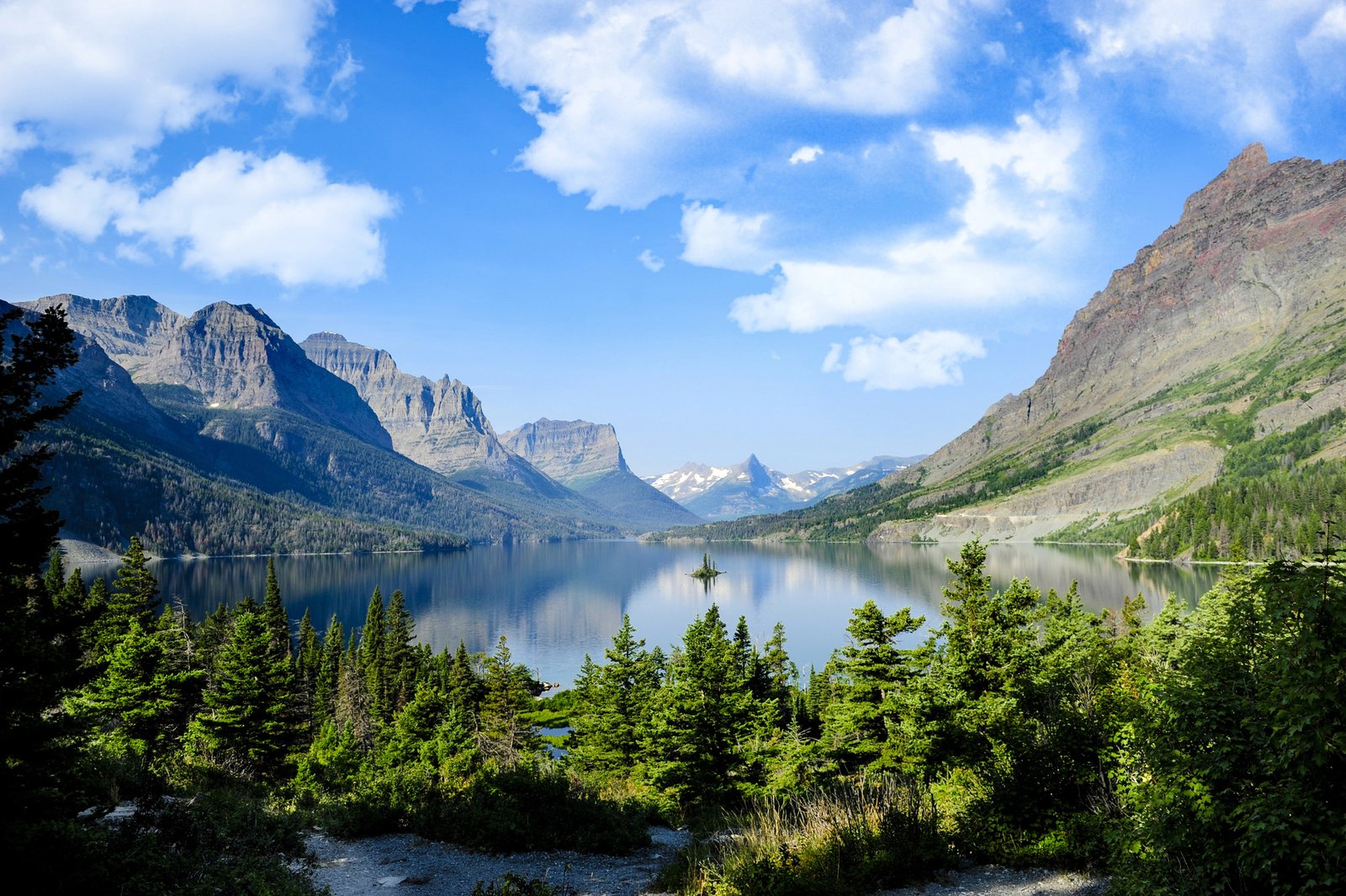
Glacier National Park is renowned for its stunning vistas, rugged mountains, and pristine lakes. However, it is also home to a significant population of grizzly bears and mountain lions, posing a substantial risk to campers. The unpredictable weather, including sudden snowstorms and high winds, adds another layer of danger. Campers must adhere to strict food storage regulations, carry bear spray, and be prepared for rapid weather changes.
Denali National Park, Alaska
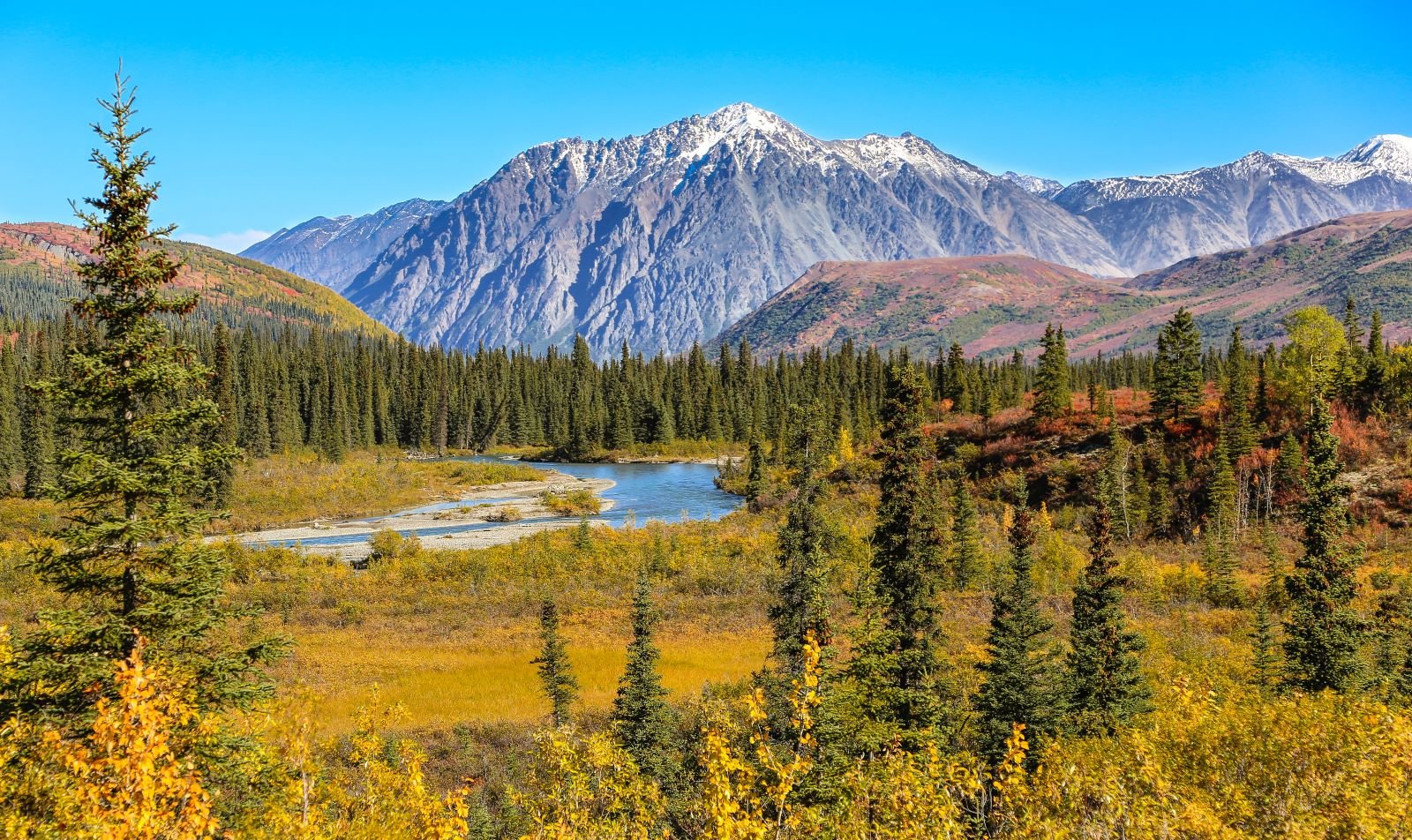
Denali National Park offers some of the most breathtaking landscapes in the USA, but it is also one of the most challenging and potentially dangerous places to camp. The extreme weather conditions, including sub-zero temperatures and heavy snowfall, can be life-threatening. Additionally, the park’s vast wilderness is home to grizzly bears, wolves, and moose, requiring campers to be constantly alert and well-prepared for wildlife encounters.
Grand Canyon National Park, Arizona
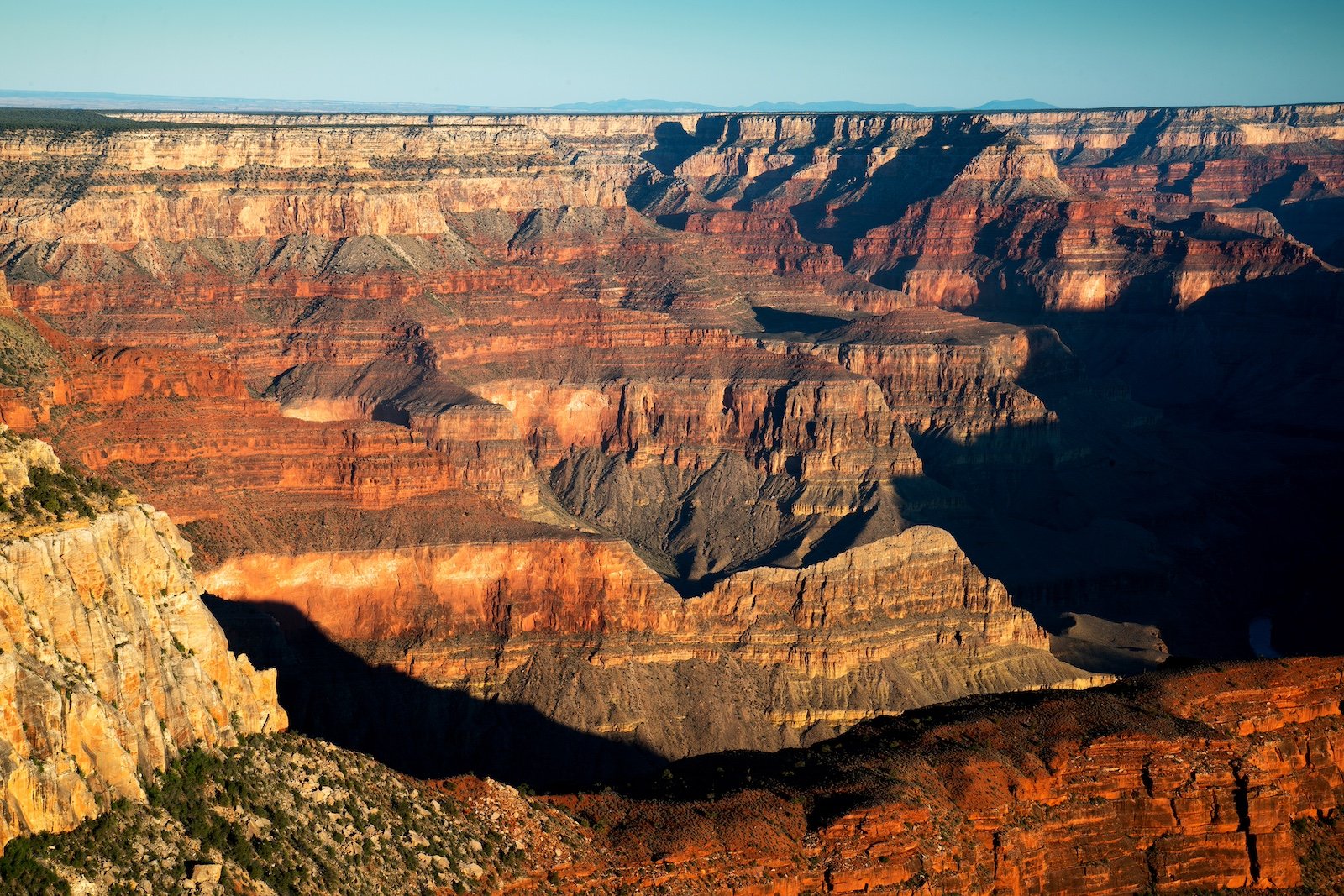
The Grand Canyon is a natural wonder that attracts millions of visitors each year. However, camping here comes with significant risks. The intense heat during the summer months can lead to dehydration and heatstroke, while the steep and narrow trails pose a danger of falls and injuries. Flash floods are also a concern, particularly in the canyon’s narrow slot canyons. Campers need to carry ample water, avoid hiking during peak heat, and be aware of weather conditions.
Joshua Tree National Park, California
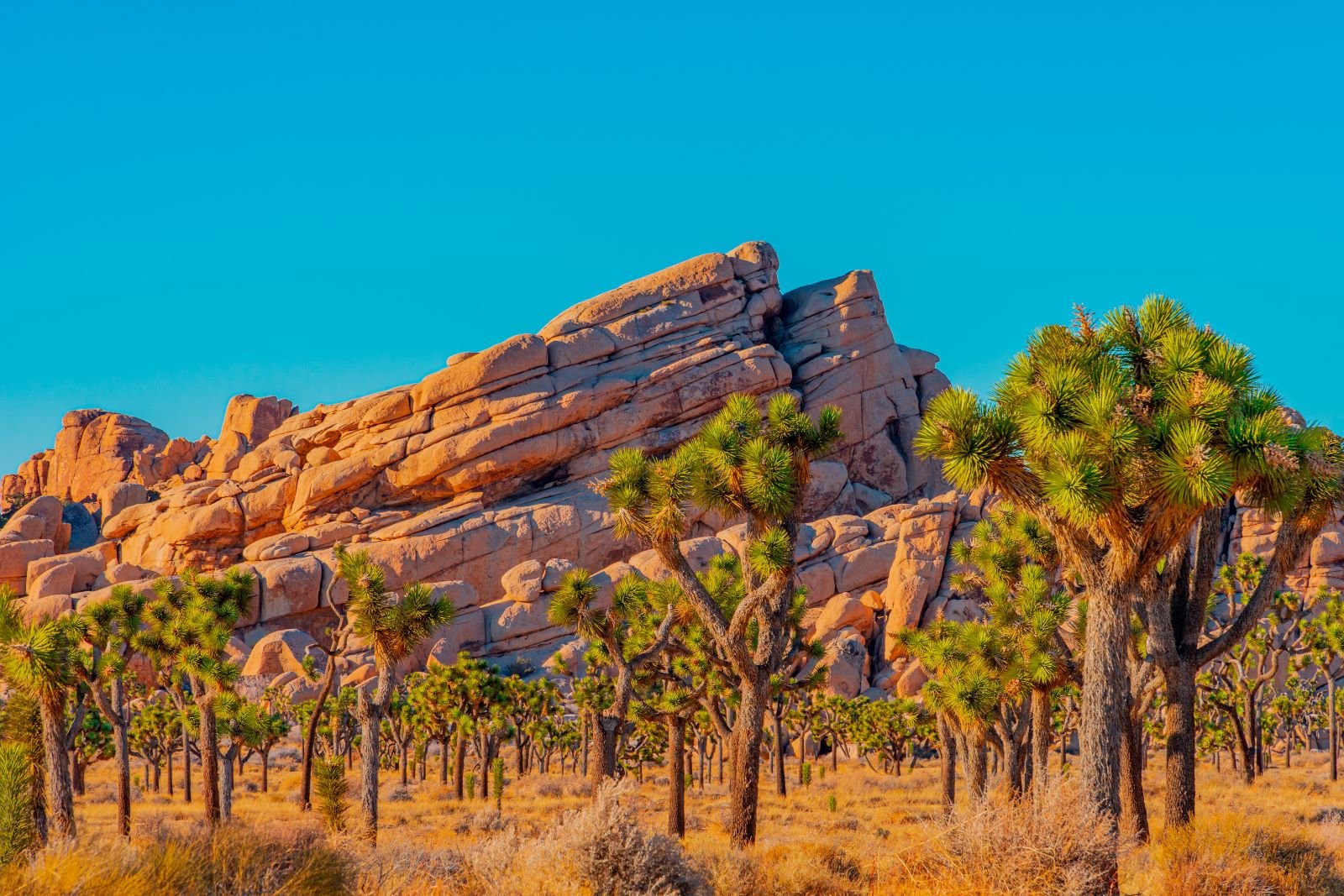
Joshua Tree National Park is famous for its unique desert landscapes and striking Joshua trees. However, the extreme desert environment presents several dangers. The scorching daytime temperatures can cause heat exhaustion and dehydration, while the frigid nighttime temperatures can lead to hypothermia. The park is also home to venomous snakes and spiders. Campers must stay hydrated, dress in layers, and remain vigilant about their surroundings.
Yellowstone National Park, Wyoming
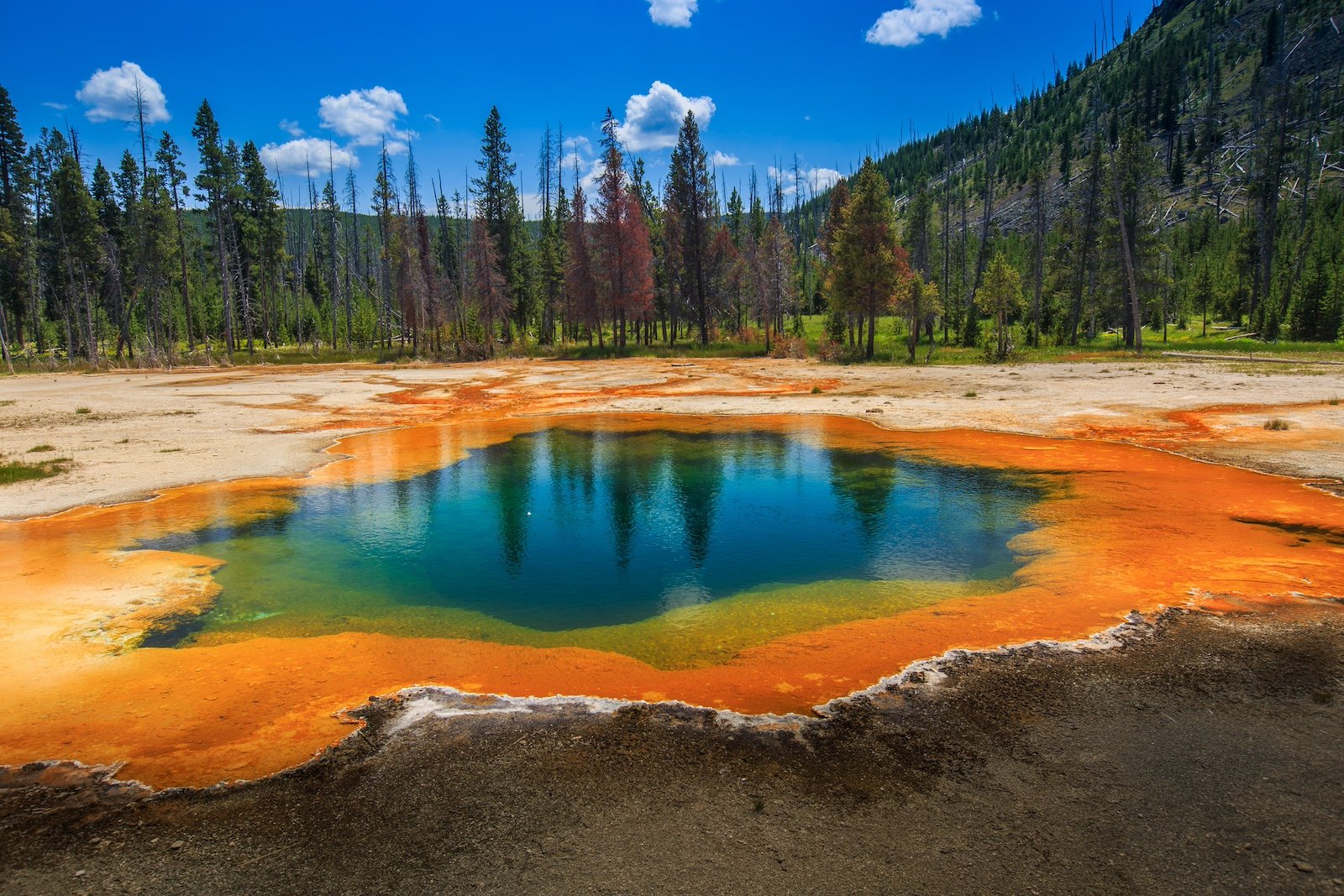
Yellowstone is America’s first national park, known for its geysers, hot springs, and diverse wildlife. While camping here is an incredible experience, it comes with its own set of dangers. The park’s geothermal features can cause severe burns, and the unpredictable bison and grizzly bear population poses a constant threat. Additionally, the high altitude can lead to altitude sickness. Campers should stay on designated trails, keep a safe distance from wildlife, and acclimate themselves to the altitude.
Great Smoky Mountains National Park, Tennessee/North Carolina

The Great Smoky Mountains National Park is a popular camping destination with lush forests and diverse wildlife. However, it is also home to black bears and venomous snakes. The dense forest can make navigation challenging, and sudden weather changes can occur. Campers should practice proper food storage, carry a map and compass, and be prepared for varying weather conditions.
Olympic National Park, Washington
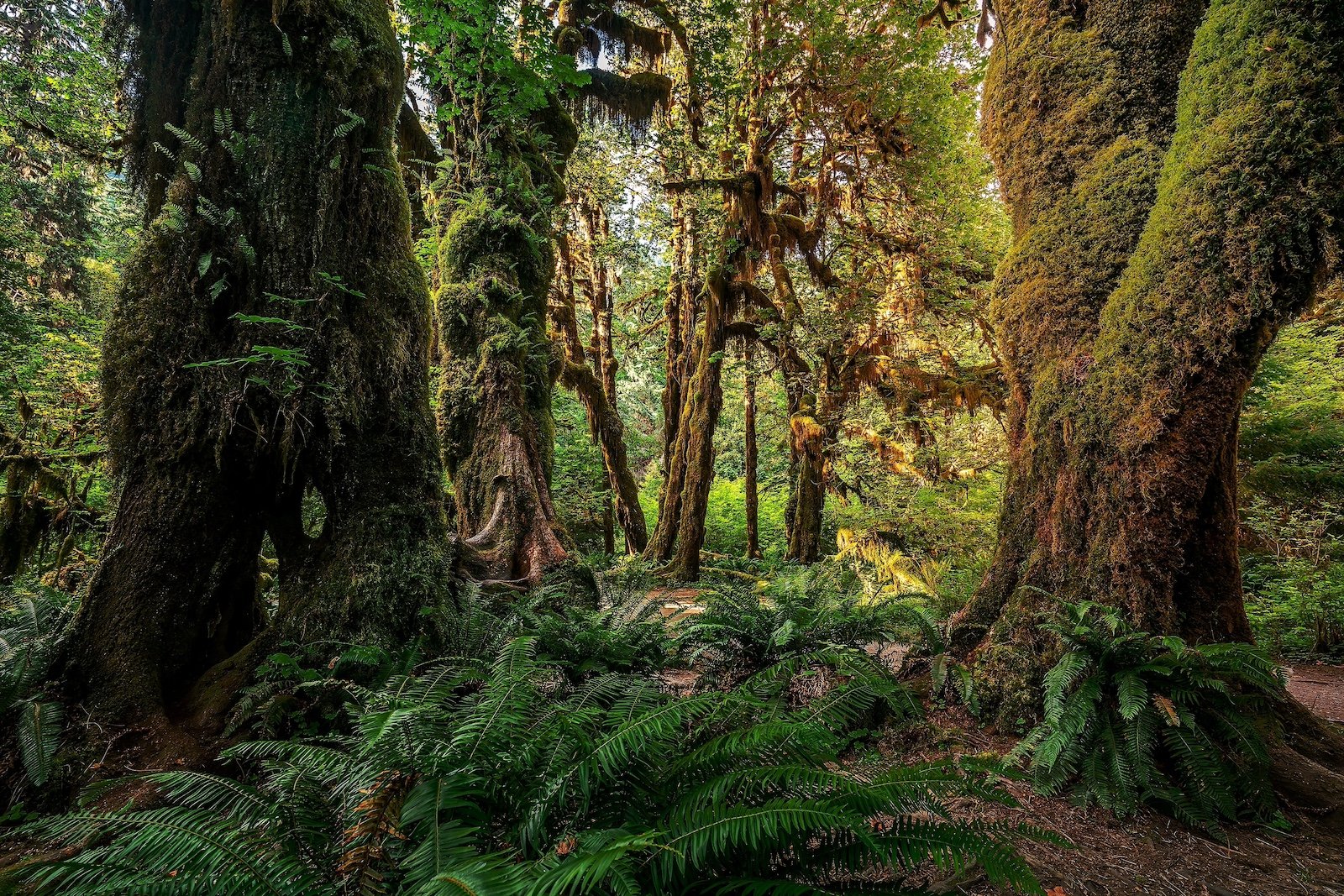
Olympic National Park offers a diverse range of ecosystems, from rugged coastlines to temperate rainforests. The park’s remote wilderness areas pose several risks, including encounters with black bears and mountain lions. The coastal areas are prone to strong rip currents and sudden weather changes. Campers need to be aware of tide schedules, carry bear spray, and have the necessary equipment for wilderness navigation.
Big Bend National Park, Texas
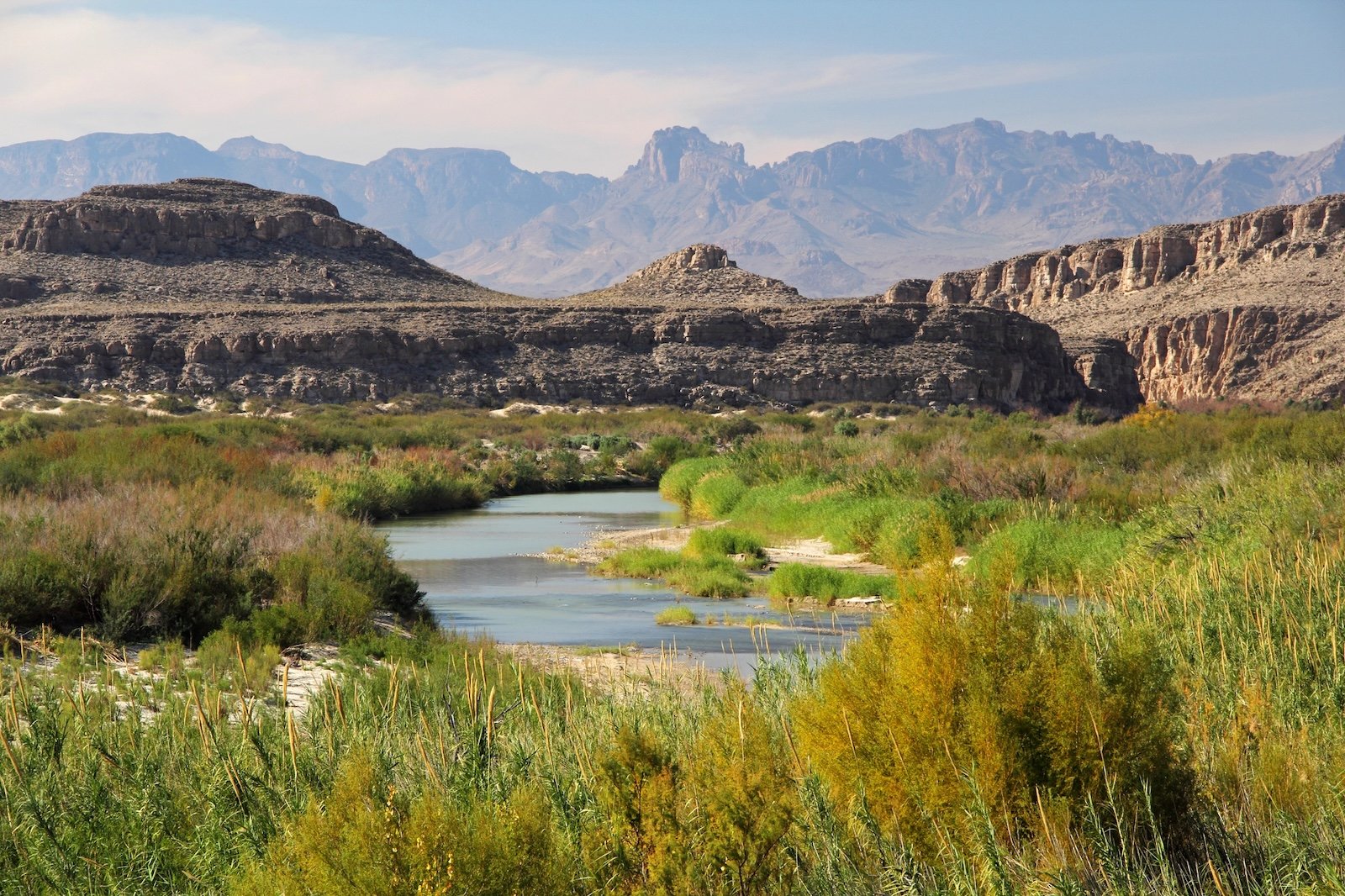
Big Bend National Park is known for its vast desert landscapes and the Rio Grande River. However, the harsh desert environment poses several dangers. The extreme heat can cause dehydration and heatstroke, and the remote location means help can be far away in an emergency. The park is also home to venomous snakes and spiders. Campers should carry plenty of water, avoid hiking during the hottest parts of the day, and stay aware of their surroundings.
Yosemite National Park, California
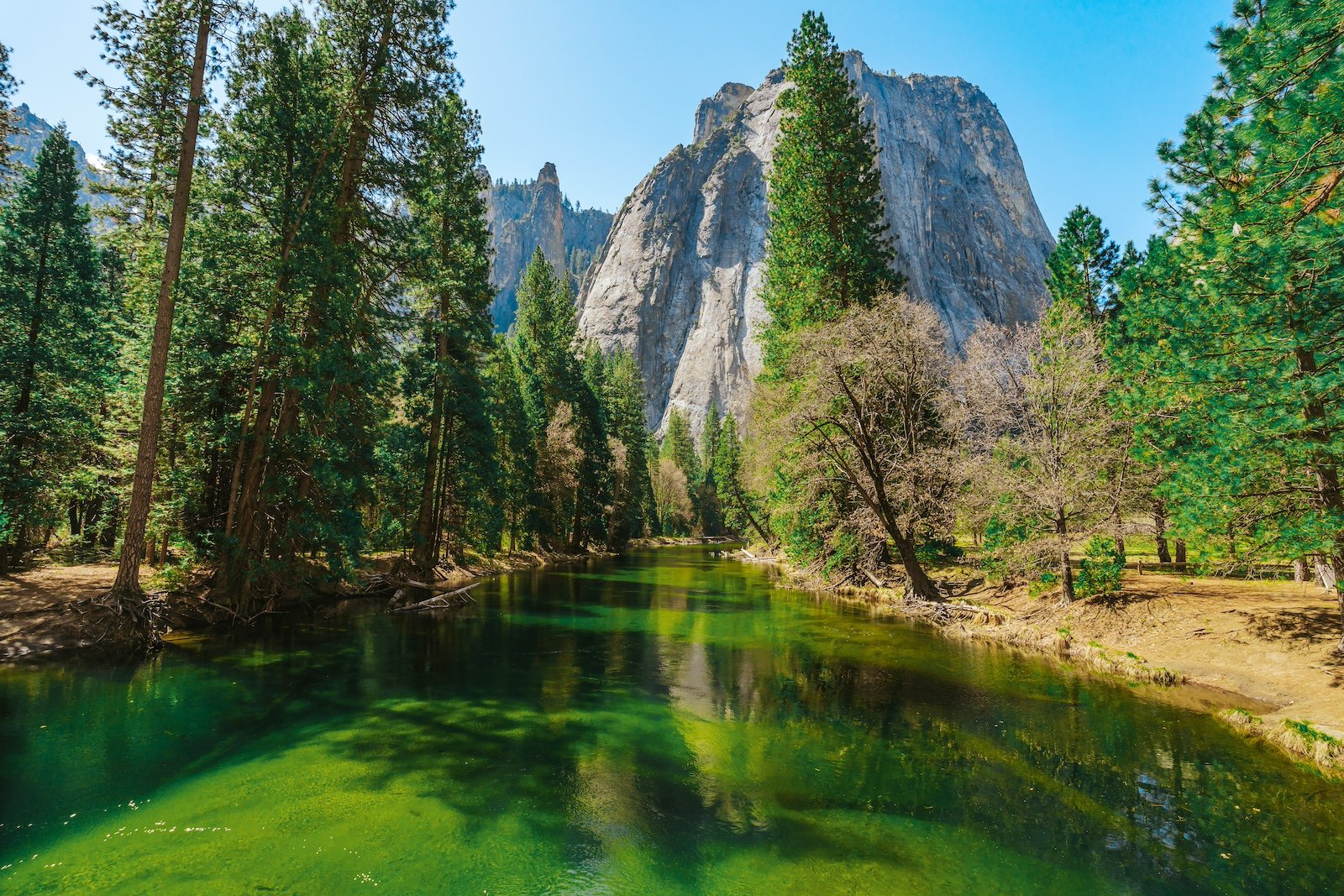
Yosemite National Park is one of the most famous camping destinations in the world, but it also has its share of dangers. The steep granite cliffs and narrow trails pose a risk of falls, and the park’s rivers and streams can have strong currents. Bears and mountain lions also inhabit the area. Campers should stay on marked trails, use proper food storage techniques, and be cautious near water bodies.
Death Valley National Park, California/Nevada
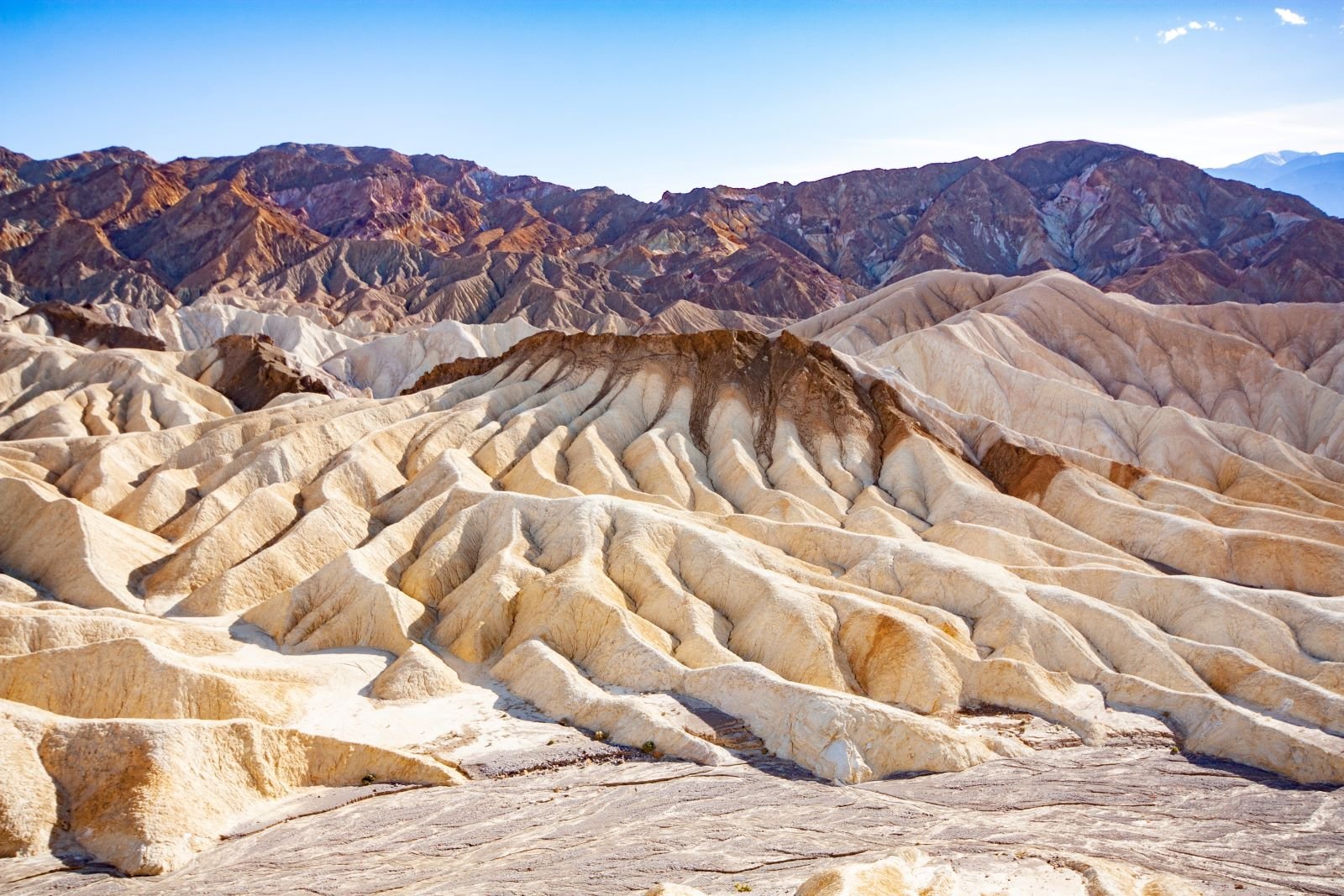
Death Valley is known for being the hottest place on Earth, with summer temperatures often exceeding 120 degrees Fahrenheit. Camping here requires extreme caution. The intense heat can lead to dehydration, heatstroke, and even death. Additionally, the park’s remote location means help can be far away in an emergency. Campers should avoid visiting during the peak heat of summer, carry ample water, and be prepared for the harsh desert environment.
Everglades National Park, Florida
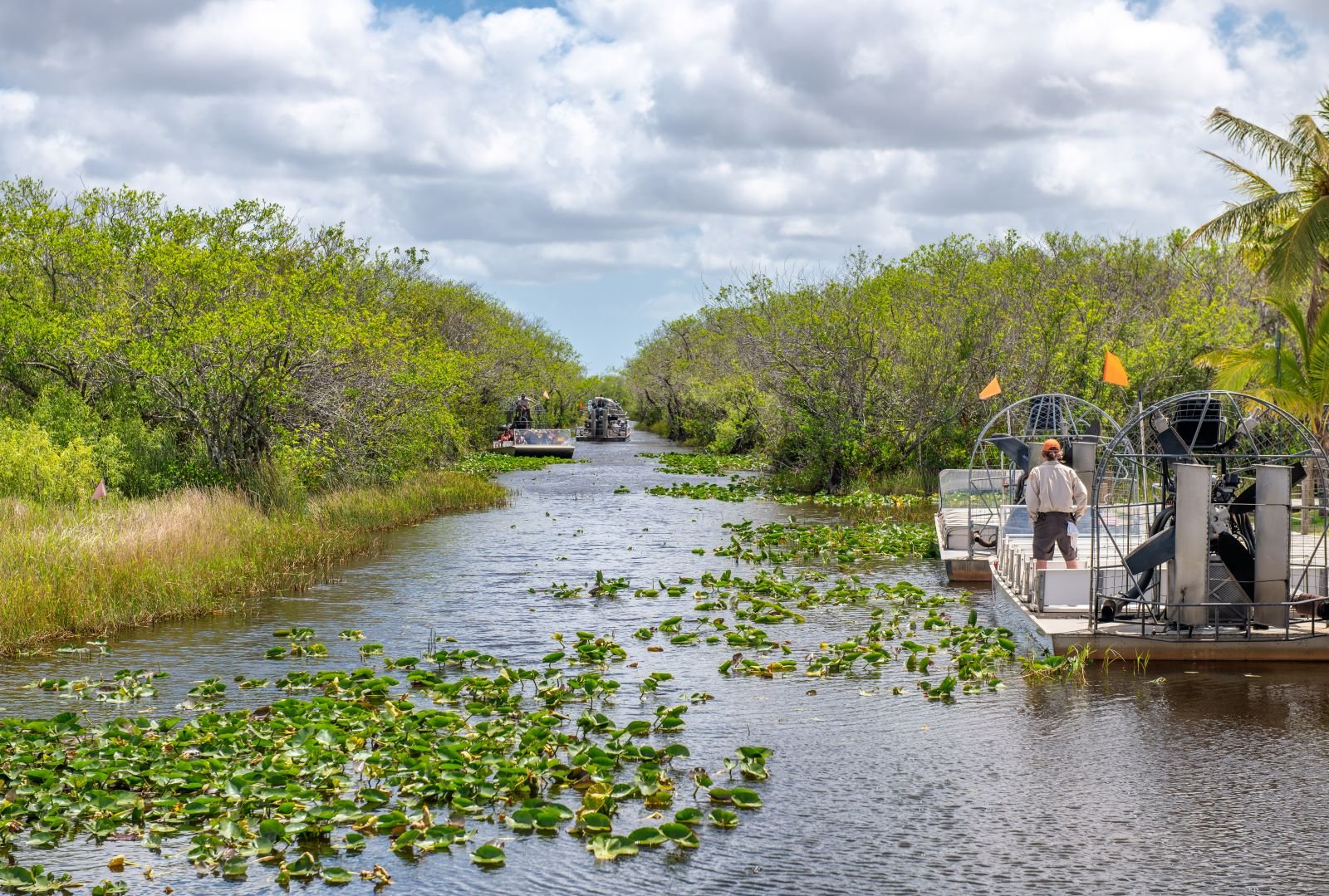
Everglades National Park is a unique camping destination with its vast wetlands and diverse wildlife. However, it is also home to dangerous animals, including alligators, crocodiles, and venomous snakes. The high humidity and presence of mosquitoes carrying diseases such as West Nile virus add to the risks. Campers should use insect repellent, stay on designated trails, and avoid swimming in bodies of water.
Mount Rainier National Park, Washington
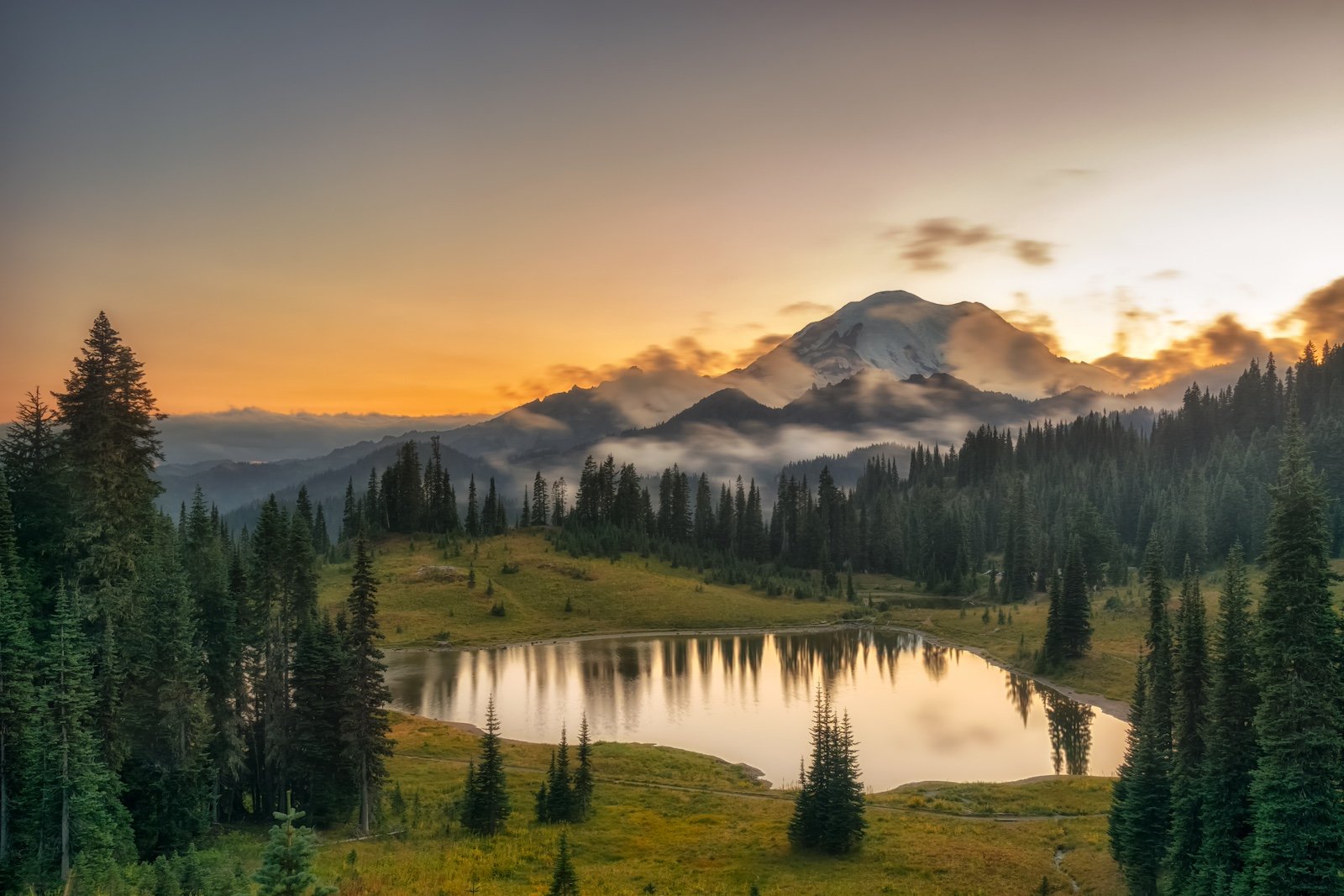
Mount Rainier is a stunning destination for campers and hikers, but it is also one of the most dangerous national parks in the USA. The unpredictable weather, including sudden snowstorms and avalanches, poses significant risks. The park’s glaciers and crevasses require careful navigation. Campers should check weather forecasts, be equipped with proper gear, and have experience in mountaineering if venturing onto the glaciers.
Sequoia and Kings Canyon National Parks, California
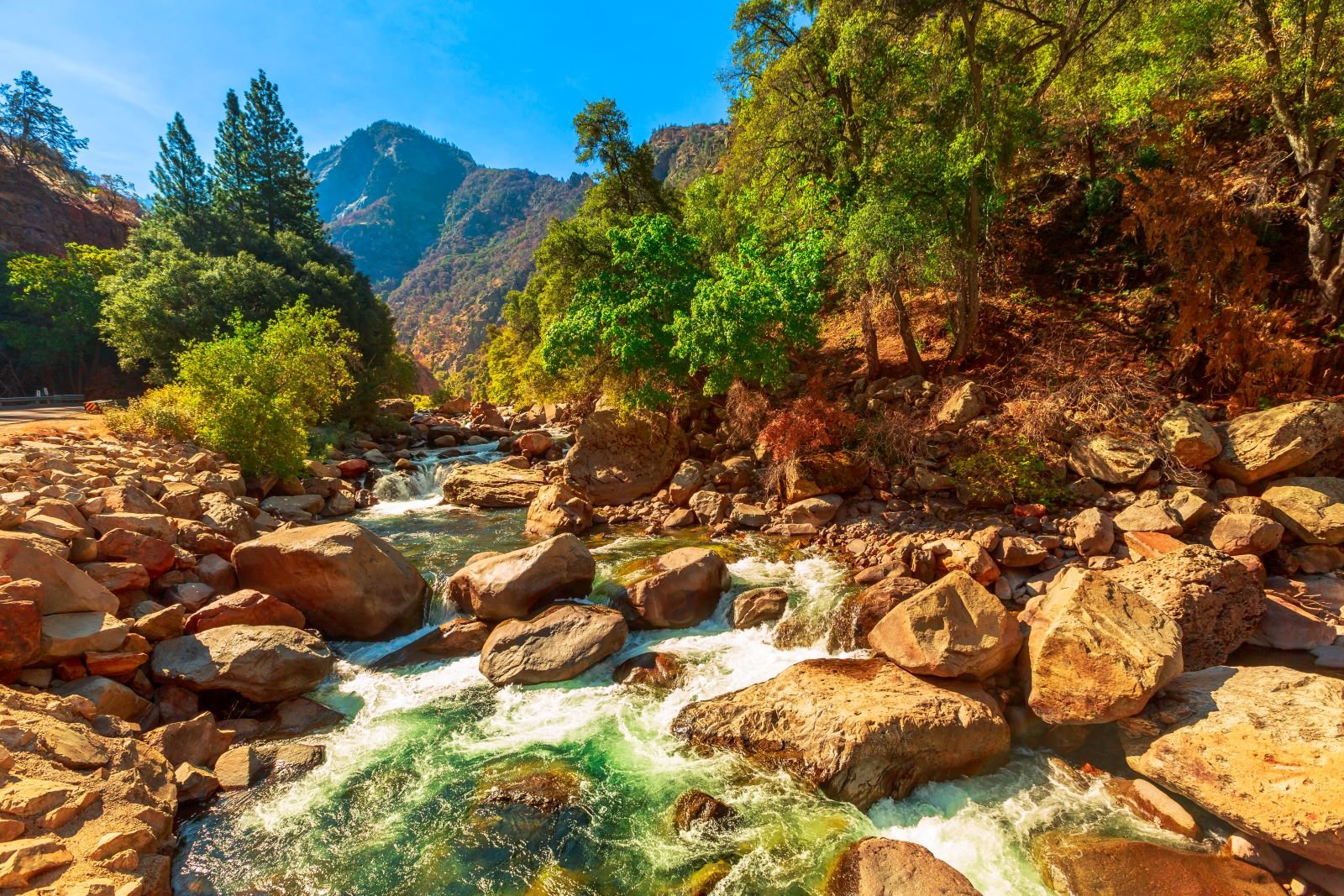
Sequoia and Kings Canyon National Parks are known for their giant sequoia trees and rugged landscapes. However, the steep trails and remote wilderness areas can be hazardous. Bears and mountain lions are also present. Campers should stay on designated trails, use bear-proof containers for food storage, and be prepared for sudden weather changes.
Rocky Mountain National Park, Colorado
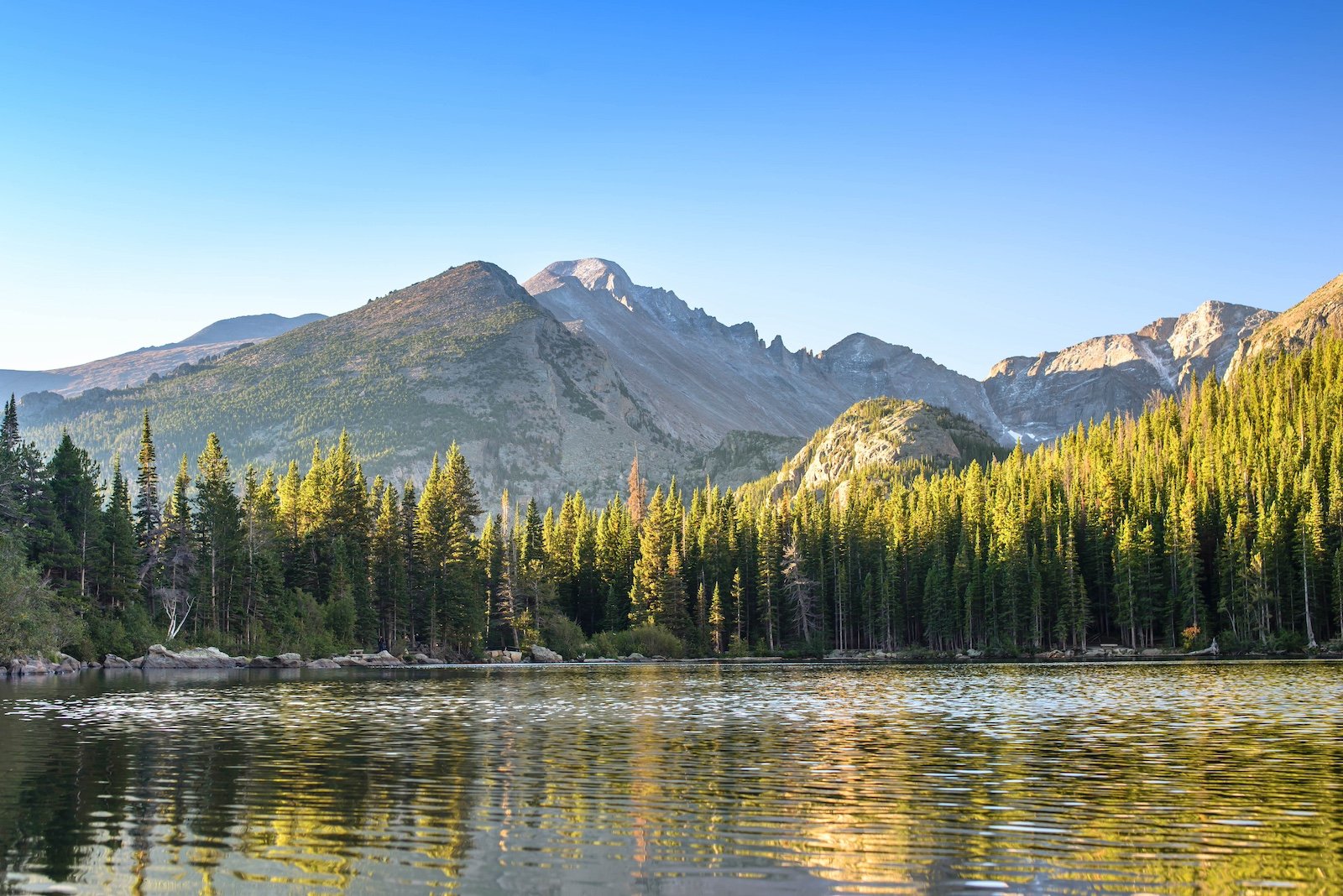
Rocky Mountain National Park offers stunning alpine scenery, but it also comes with significant risks. The high altitude can cause altitude sickness, and the park’s weather can change rapidly, leading to severe conditions such as hypothermia. Wildlife, including bears and elk, can also pose threats. Campers should acclimate to the altitude, carry appropriate gear, and stay informed about weather conditions.
Shenandoah National Park, Virginia
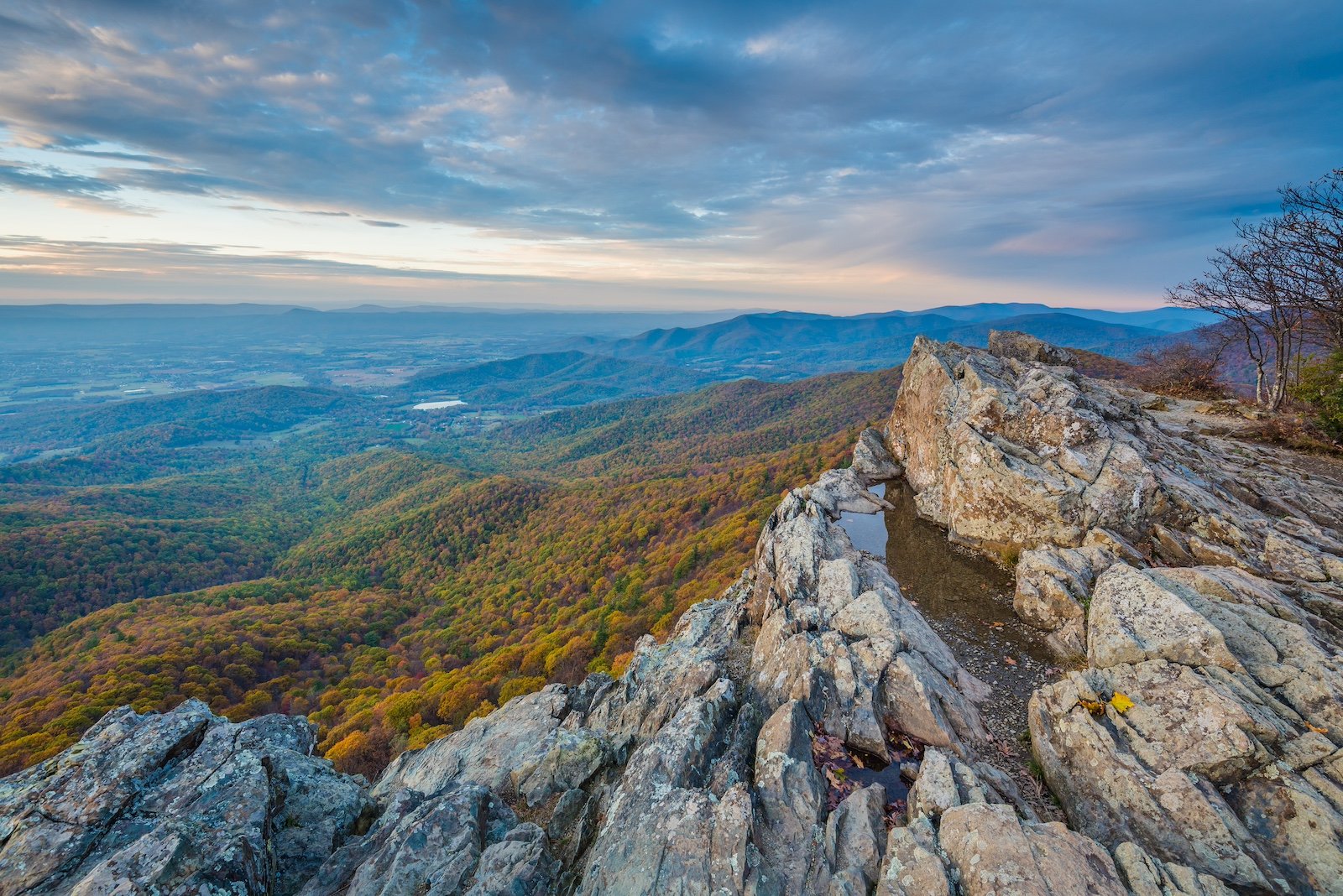
Shenandoah National Park is a beautiful destination with its rolling hills and dense forests. However, it is also home to black bears and venomous snakes. The park’s dense vegetation can make navigation difficult, and sudden weather changes are common. Campers should use proper food storage techniques, carry a map and compass, and be prepared for varying weather conditions.


